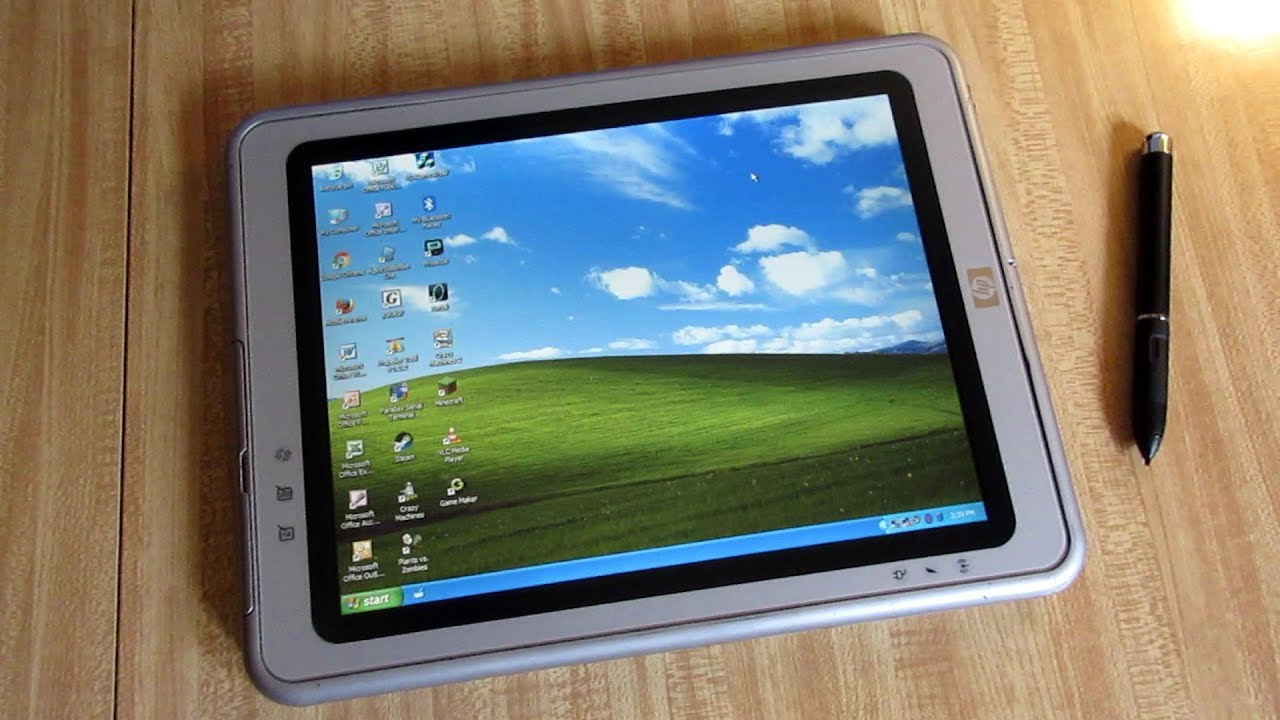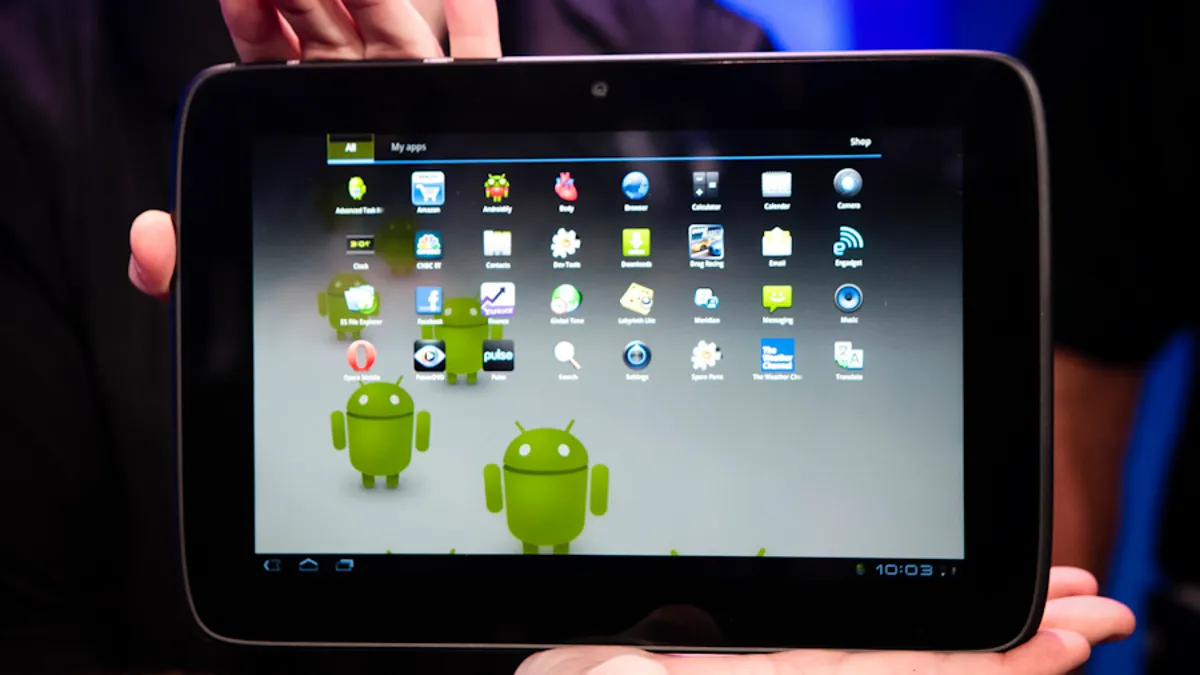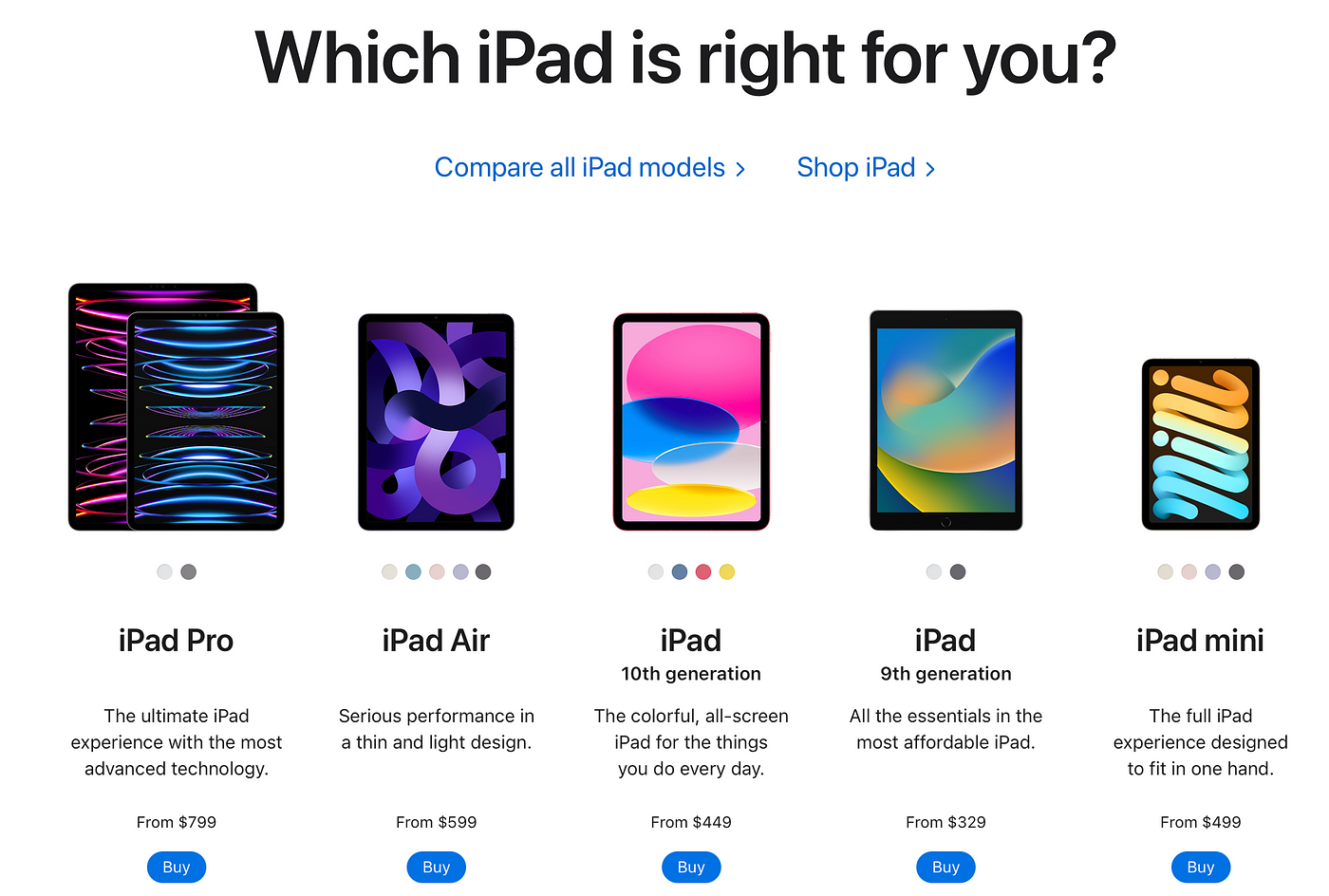The Rise and Fall of Android Tablets: Why They Could Never Surpass the iPad
- Uncover the secrets behind why Android tablets could never match the iPad’s success.
- Discover the key missteps that left Android tablets struggling in the shadows.
- Find out why fragmentation and app gaps doomed Android tablets from the start.
In the world of mobile devices, the tablet market has been a battleground dominated by Apple's iPad since its debut in 2010. While Google Android-powered smartphones surged to global dominance, Android tablets struggled to find their footing. This article explores the factors behind the Android tablet's inability to eclipse the iPad, drawing insights from industry experts and historical market trends.
Early Struggles: A Late Entry into the Market
Before the iPad revolutionized the tablet industry, Microsoft and a few other players attempted to establish their own tablet computers. Microsoft's Tablet PC, launched in 2003, was bulky, heavy, and overpriced at around $2,000. These devices failed to gain commercial traction, highlighting the challenges of creating a user-friendly tablet experience.
When Apple introduced the iPad in 2010, it set a new standard with a sleek design, intuitive iOS, and an affordable starting price of $500. Greg Wyatt Jr., a technology analyst, notes, “Apple's decision to use iOS instead of a desktop OS was pivotal. It allowed for all-day battery life, multitouch capabilities, and a compact design that resonated with consumers.” Photo via The Science Elf (YouTube) // Pictured: A Microsoft Tablet PC from 2003 didn't run on a tablet operating system, it instead used an almost fully-fledged Windows operating system.
Photo via The Science Elf (YouTube) // Pictured: A Microsoft Tablet PC from 2003 didn't run on a tablet operating system, it instead used an almost fully-fledged Windows operating system.
The Android Misstep: Rushing to Compete
In the wake of the iPad's success, numerous manufacturers rushed to release Android tablets. By 2011, the market was flooded with devices running outdated Android versions like 2.0, 2.1, and 2.2. Sahas Katta of Skatter Tech commented, “Tablets absolutely stole the show at CES 2011. Just about every company had one. While the idea of a tablet may sound exciting, the majority of these were unfortunately poorly put together Android tablets…”
These early Android tablets often lacked optimized software and high-quality hardware, leading to poor user experiences. Unlike the iPad, which had a robust ecosystem of optimized apps, Android tablets struggled with app compatibility and performance issues. Photo via CNET // An Android tablet from 2011.
Photo via CNET // An Android tablet from 2011.
Fragmentation and the Developer Dilemma
One of the significant challenges for Android tablets has been device fragmentation. With a multitude of screen sizes, processors, and chipsets, developers found it difficult to create apps that worked seamlessly across all Android tablets. Wyatt Jr. explains, “How can a developer optimize an app for hundreds of different devices with display sizes that range from seven to thirteen inches?”
This fragmentation led to a vicious cycle: limited app availability discouraged consumers from purchasing Android tablets, and the small user base deterred developers from investing in optimized apps. As a result, Android tablets never achieved the same level of app ecosystem robustness as the iPad.
Google's Attempts and Missed Opportunities
Google recognized the shortcomings of Android tablets and introduced Honeycomb 3.0 in an effort to create a tablet-optimized OS. However, Honeycomb was plagued with bugs and failed to offer the intuitive interface that made the iPad user-friendly. The release of the Nexus series, including the Nexus 7 and Nexus 10, saw modest success but couldn't compete with Apple's market dominance.
In 2014, Google released the Nexus 9, followed by the Pixel C in 2015. Both devices suffered from hardware issues and continued app ecosystem limitations. By June 2019, Google had ceased development and production of its tablets, shifting focus to notebook computers instead.![]() Photo via Google Inc. // A Google Pixel device from 2017. Compared to early Android tablets, these ones looked pretty slick, actually.
Photo via Google Inc. // A Google Pixel device from 2017. Compared to early Android tablets, these ones looked pretty slick, actually.
The Current Landscape: Apple’s Dominance vs. Android’s Decline
As of 2024, Apple continues to lead the tablet market with the latest iPad Pro and iPad Air models featuring cutting-edge technology like the M4 chip and OLED displays. In contrast, Android tablets are largely on life support, with Samsung and a few other manufacturers maintaining a minimal presence.
StatCounter data reveals that Apple holds over 57% of tablet sales in the U.S., while Samsung accounts for just over 16%. Other brands make up a negligible portion of the market, underscoring the iPad's overwhelming dominance.
Samsung’s Standout Performance
Despite the overall decline, Samsung's Tab S9 series stands out as a high-end alternative, boasting impressive hardware and features like multitasking capabilities that rival the iPad Pro. However, Samsung remains an isolated player in the Android tablet market, unable to challenge Apple's supremacy.
Google's Pixel Tablet: A Case Study in Misalignment
Google's latest Pixel Tablet, priced at $400-$500, fails to compete with the iPad, both in terms of performance and price. Equipped with the Tensor G2 chip, the Pixel Tablet lags behind Apple’s M4, and its features, such as acting as a Chromecast receiver, are easily matched by cheaper alternatives.
Form Factor and User Experience
Android's flexibility in form factors—ranging from foldables to phablets—has diluted the tablet category. Unlike Apple’s unified slab-style design, Android tablets come in various shapes and sizes, making it harder to establish a consistent user experience. This diversity, while innovative, has contributed to consumer confusion and fragmented market presence.
The App Ecosystem Gap
The app ecosystem remains a significant barrier. Apple's App Store offers over a million iPad-optimized apps, a stark contrast to the limited and often poorly optimized offerings on Android. Even as some popular apps like Goodnotes and LumaFusion have made their way to Android, the overall selection and quality still fall short of Apple's robust offerings.
Looking Forward: Is There Hope for Android Tablets?
While the outlook appears bleak, there's a glimmer of hope. Samsung continues to innovate, pushing the boundaries with features like Samsung DeX, which offers a desktop-like multitasking experience. Additionally, advancements in ARM processors could enhance performance, potentially bridging some gaps with the iPad. Photo via Apple Inc. // Apple's 2024 iPad range is huge, but the market for Android tablets is barely existent.
Photo via Apple Inc. // Apple's 2024 iPad range is huge, but the market for Android tablets is barely existent.
However, without a unified vision and stronger support for app development, Android tablets are unlikely to dethrone the iPad anytime soon. The feedback loops that have solidified the iPad's market position—where a large user base attracts more developers, further enhancing the device's appeal—remain largely absent for Android tablets.
Conclusion: A Divergent Path
Apple and Android have charted divergent paths in the tablet market. While Apple remains committed to refining and expanding its tablet ecosystem, Android's approach of flexibility and variety has left it struggling to compete against the streamlined and cohesive iPad experience.
As technology continues to evolve, only time will tell if Android tablets can find a niche that allows them to thrive. For now, the iPad stands as the uncontested leader, embodying the seamless integration of hardware, software, and ecosystem that Android tablets have yet to achieve.
Recommended by the editors:
Thank you for visiting Apple Scoop! As a dedicated independent news organization, we strive to deliver the latest updates and in-depth journalism on everything Apple. Have insights or thoughts to share? Drop a comment below—our team actively engages with and responds to our community. Return to the home page.Published to Apple Scoop on 28th September, 2024.
This comparison is superficial at best. Artificial benchmarks will get you nothing useful nowadays. Except for the pro, all iPad 60 hz displays are an eyesore by Android standards
9 months agoNo password required
A confirmation request will be delivered to the email address you provide. Once confirmed, your comment will be published. It's as simple as two clicks.
Your email address will not be published publicly. Additionally, we will not send you marketing emails unless you opt-in.